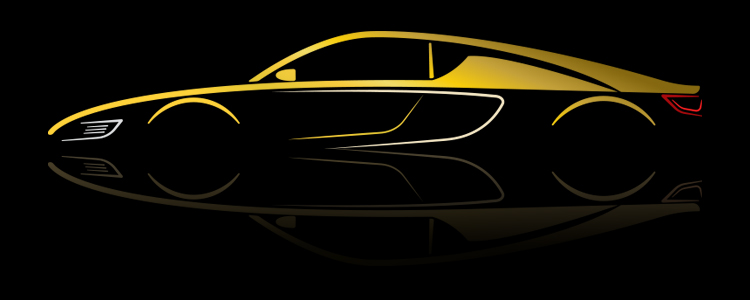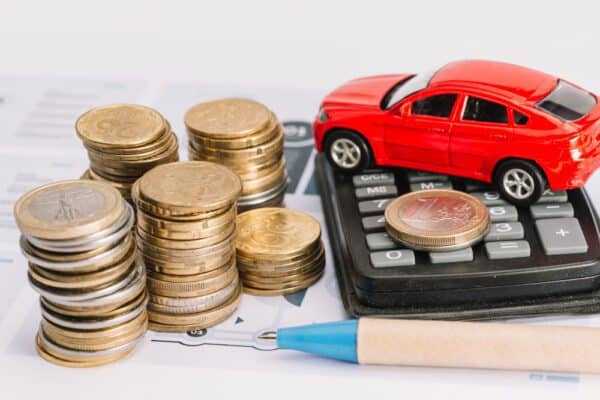
Introduction
When it comes to purchasing a used car, making an informed decision is crucial. In this comprehensive guide, we will delve into the intricacies of selecting the best year for your next pre-owned vehicle, offering valuable insights and tips to ensure you make a choice that aligns perfectly with your needs and preferences.
Factors Influencing the Best Year for a Used Car Purchase
1. Depreciation Dynamics
Understanding the depreciation rate of different car models is fundamental. Cars tend to depreciate the most within the first few years. Opting for a model that has already undergone the steepest depreciation can be a savvy financial move.

2. Model-Specific Reliability
Each car model has its unique reliability track record. Extensive research into the history of the model you’re interested in will give you a clear picture of potential issues and recurring problems, helping you choose a year that boasts improved reliability.

3. Technological Advancements
Keeping abreast of technological innovations is paramount in the used car market. Newer models often come equipped with advanced safety features, better fuel efficiency, and enhanced infotainment systems. Assess your priorities to determine which technological features are non-negotiable for you.
Navigating Through the Years: A Comprehensive Guide
1. Recent Years (Current to 3 Years Old)
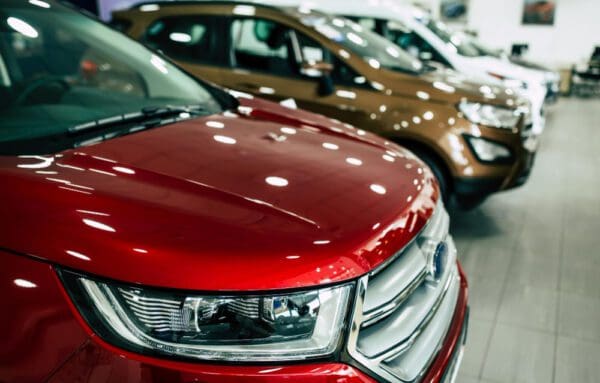
These models are often still under warranty, providing peace of mind in terms of unexpected repair costs. Additionally, the latest safety and tech features are prevalent in this category. However, prices can be steeper compared to older models.
2. 3 to 5 Years Old
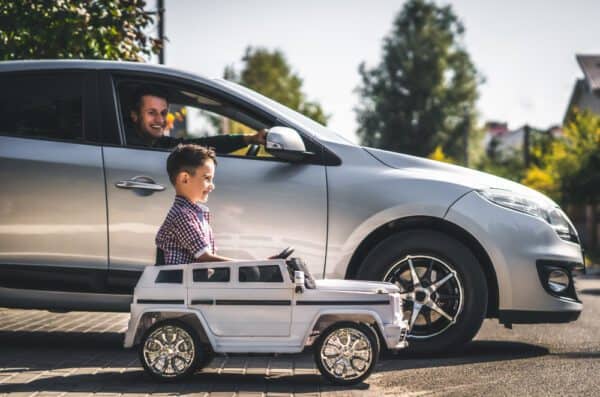
This sweet spot strikes a balance between affordability and modern features. Many vehicles in this range have undergone the majority of their depreciation, making them a cost-effective choice while still offering contemporary amenities.
3. 6 to 10 Years Old
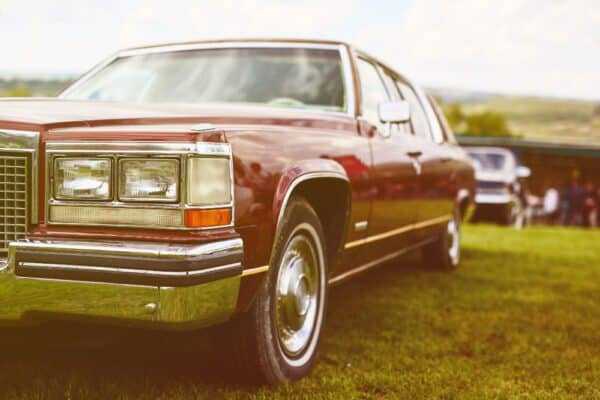
For budget-conscious buyers, this range provides an attractive option. Although these cars may lack the latest tech, they often offer reliable performance and have a proven track record. A meticulous inspection is crucial to ensure the vehicle’s condition.
4. 10+ Years Old

Classic car enthusiasts and those seeking a budget-friendly option often find hidden gems in this category. While maintenance costs may rise, the satisfaction of owning a vintage model can outweigh these considerations.
Brand-Specific Considerations
1. Toyota
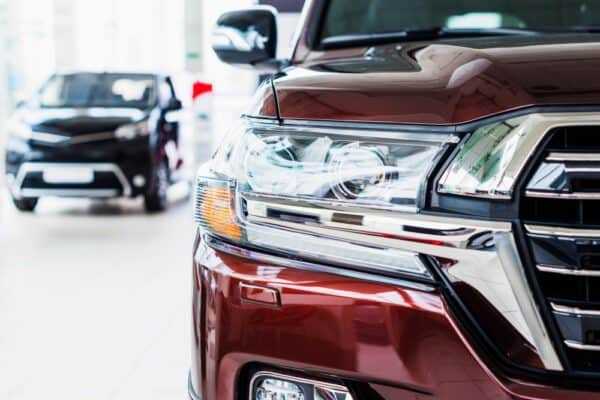
Known for their reliability, Toyota models from the past decade have consistently received high marks for dependability. Consider models like the Camry or Corolla for a reliable and fuel-efficient choice.
2. Honda

Honda vehicles, especially the Accord and Civic models, are renowned for their longevity. Opting for a model between 3 to 5 years old can offer an excellent balance between reliability and affordability.
3. Ford

Exploring Ford’s more recent models, such as the Fusion or Escape, can provide a blend of modern features and cost-effectiveness. Focus on the 3 to 5-year range for optimal value.
Final Thoughts
In conclusion, determining the best year to buy a used car involves a meticulous evaluation of various factors. From depreciation rates to brand-specific reliability, understanding these dynamics ensures a well-informed decision.
Frequently Asked Questions
How can I determine the depreciation rate of a used car?
Research the model’s historical depreciation trends and consider professional evaluations.
Are older cars more prone to breakdowns?
Not necessarily. Proper maintenance and a thorough inspection can ensure the reliability of older vehicles.
What safety features should I prioritize in a used car?
Look for features like ABS, airbags, and traction control for enhanced safety.
Is it worth buying a classic car for everyday use?
It depends on personal preference. While maintenance costs may be higher, the satisfaction of owning a classic can be rewarding.
